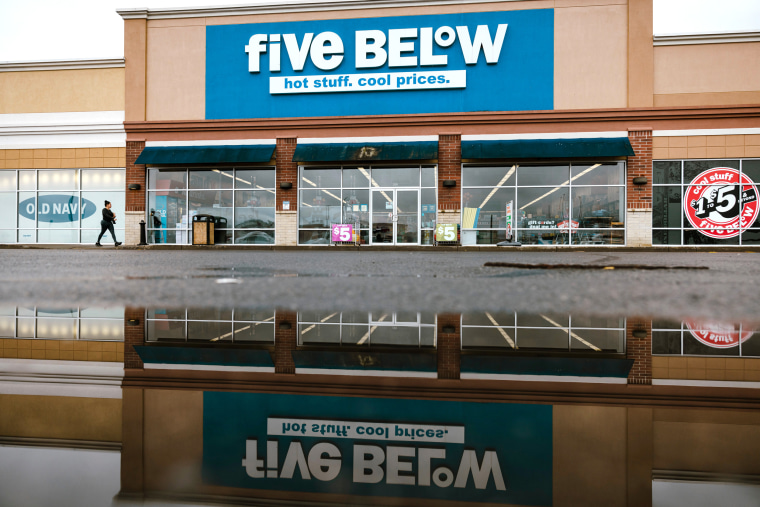In a recent turn of events, major retailers across the country have started to backtrack on their extensive use of self-checkout kiosks in their stores. The rise of self-service technology was once hailed as a way to increase efficiency and customer convenience, but it seems that many retailers are now reconsidering the impact that it has had on their business.
One of the main reasons cited for this shift is the negative impact that self-checkout kiosks have had on the overall customer experience. While these machines were meant to streamline the checkout process and reduce wait times, many customers have reported feeling frustrated and confused by the technology. Issues such as malfunctioning machines, difficulty scanning items, and lack of human interaction have all contributed to a decline in customer satisfaction.
Moreover, retailers are finding that self-checkout kiosks are not as cost-effective as originally thought. While these machines do reduce the need for human cashiers, they often require expensive maintenance and technical support. Additionally, the theft rate at self-checkout kiosks tends to be higher than at traditional checkout lanes, leading to further financial losses for retailers.
In response to these challenges, some retailers have started to invest more in training their employees to provide exceptional customer service at traditional checkout lanes. By focusing on human interaction and personalized assistance, these retailers hope to differentiate themselves from online shopping experiences and create a more welcoming atmosphere for customers.
Furthermore, retailers are exploring innovative solutions to improve the efficiency of traditional checkout lanes, such as implementing new scanning technologies and mobile payment options. These strategies aim to strike a balance between automation and human touch, providing customers with a seamless and enjoyable shopping experience.
As the retail landscape continues to evolve, it will be interesting to see how retailers adapt their strategies to meet the changing needs and preferences of customers. Whether it’s through the revival of traditional checkout lanes, the integration of new technologies, or the optimization of customer service, retailers are constantly seeking ways to enhance the shopping experience and drive customer loyalty in a competitive market.
